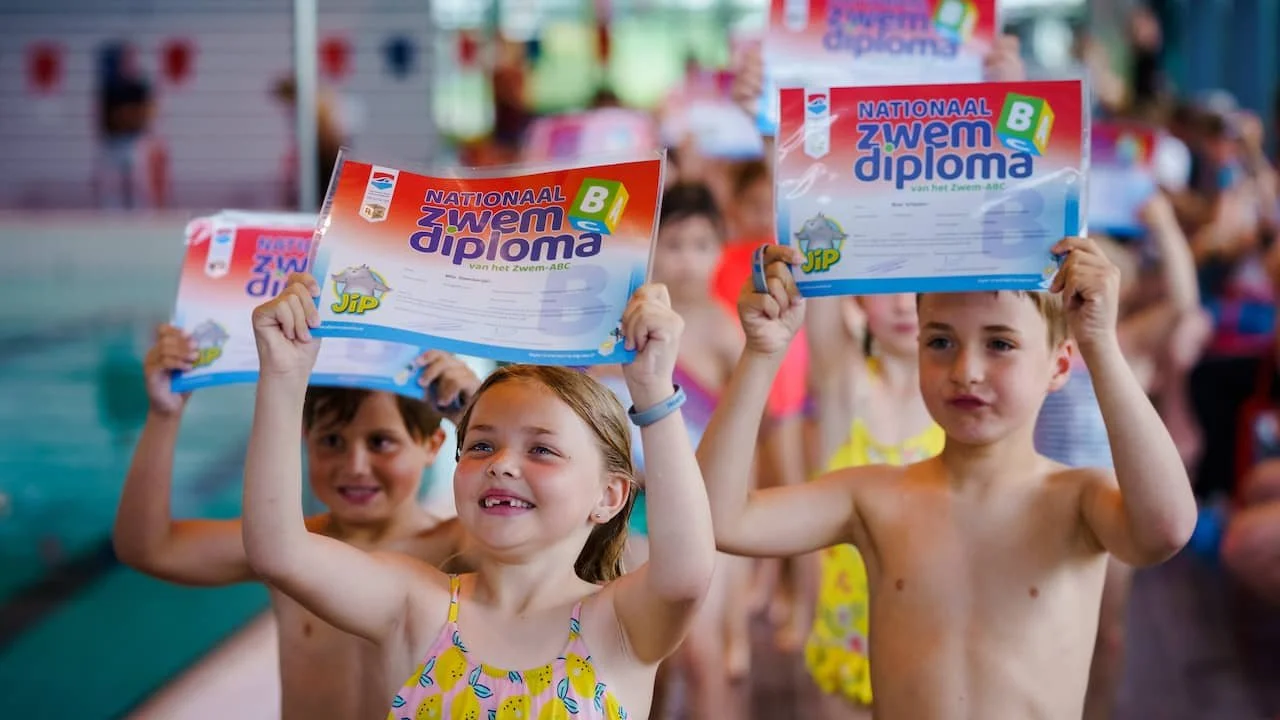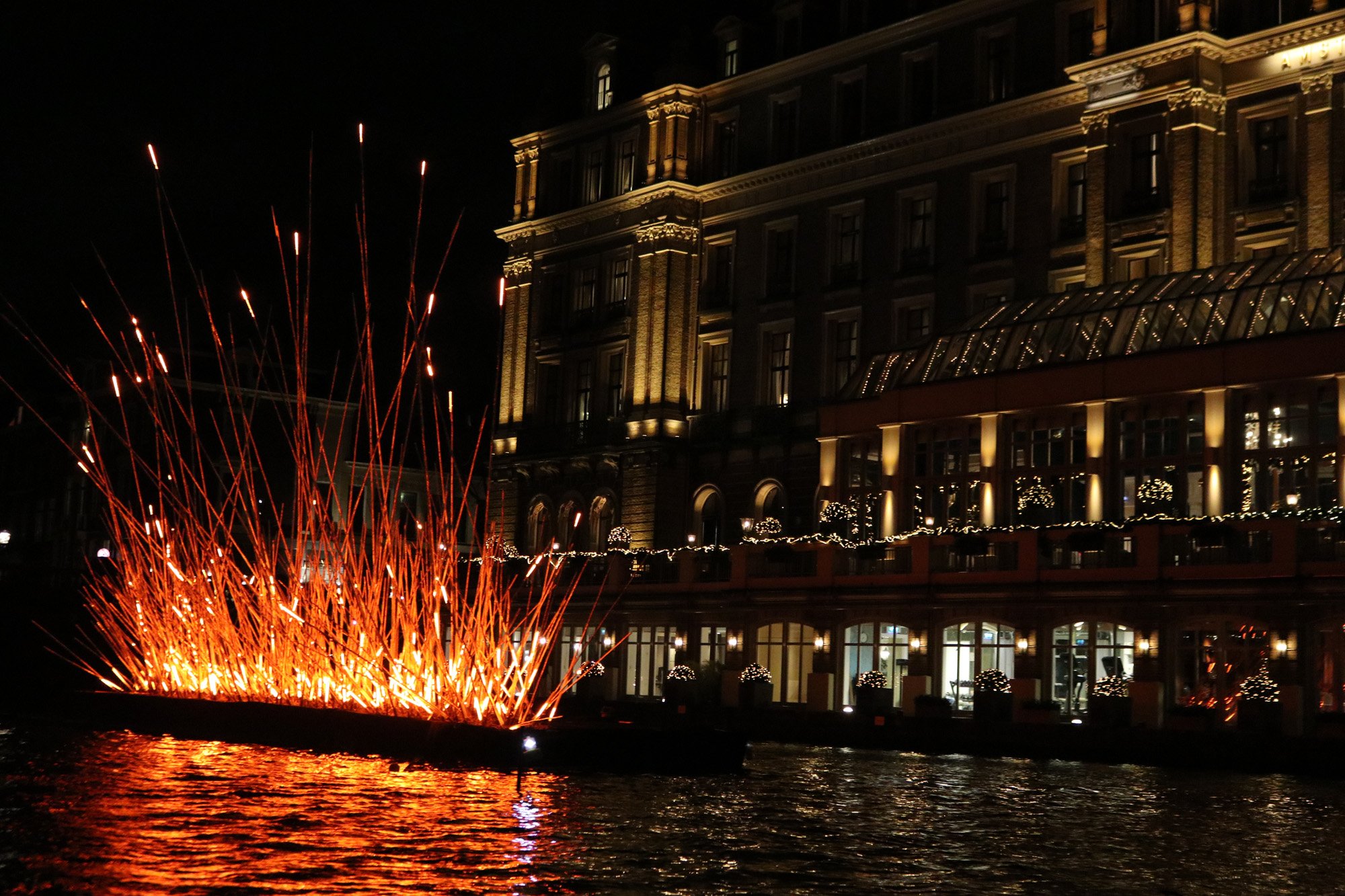Expat Chronicles: Sports + Extracurriculars
So often we assume that the way things are is the only way they could be. Moving our family from South Carolina to The Netherlands has brought into focus this human tendency, as it exists here just as in America. I enjoy sharing the different ways that society can be organized and how this effects everyday life, because it opens up possibilities for gratitude and maybe even change. So, are you curious about how children’s sports and extracurriculars are set up in The Netherlands?
Our American Experience
I raised Aria and Liam until the ages of 14 and 12 in the suburbs of South Carolina. We lived near the state capital and my children were zoned for one of the best school districts in our state. From approximately age 12 they would have access through school to learn a musical instrument in marching band or take classes in dance, art or musical theater. They could try out for an after-school sports team such as volleyball, baseball or soccer. American junior and senior high school teachers of sports or arts must generally also teach an academic subject. Thus, the football coach is also the algebra teacher. Schools make significant investments in a huge range of sports facilities, sometimes drawing criticism that funds urgently needed for up-to-date textbooks or new science equipment are monopolized by the football field.
What about prior to age 12, in the formative childhood years? Younger children access arts or sports generally as extracurricular (non-school) activities. This really only happens if their parents have extra money and time. Some team sports are accessible at low cost, thanks to volunteers, but most arts and sports groups are rather pricey. For example, we paid $80 for a child to attend Tae Kwon Do. Dance classes average $60 to $150 per month. Those piano lessons that Aria always wanted were out of reach at $30 per lesson. Another challenge is transportation. Many American parents juggle a complex schedule to bring kids to and from after school activities, in the evenings and weekends. Children of single parents, those who work evenings/weekends and larger families face significant logistical hurtles.
Aria at Tae Kwon Do tournament in America, age 10
Aria and Liam got to be involved in many extracurriculars in America including gymnastics, swim, band, archery, Tae Kwon Do and Mandarin lessons. Sometimes grandparents chipped in to help with the costs, and when possible we arranged carpools to streamline logistics. Still, many evenings Brandon and I found ourselves headed out in different directions to schlep the kids to their activities. At times it felt like a crazy way to live.
The Dutch Approach
Arts and sports have a much smaller roll in Dutch public schools, as compared to America. Get this - there are no school-sponsored sports teams. None. At school, kids of all ages must participate in gym class (physical education), where a wide range of sports and other ways to be active are sampled. As for arts, some are incorporated into school curriculum, but activities like dance and music lessons aren’t typically on offer. One big caveat - there are speciality high schools that cater to the arts. Our neighbor attends one where she is pursuing acting. Students choose their high school with their personal interests in mind.
OK, so Dutch kids don’t do sports or play instruments then, right? Happily that’s not true. These things are separate from school, but abundantly and affordably on offer. Costs are kept low through a combination of government subsidies and the strong volunteer culture in The Netherlands.
During our research phase prior to our big move, Aria reported that she’d found a Tae Kwon Do location in our new home city and the cost was €25 per month. Frankly, we couldn’t believe it, but it turned out to be true. €25 a month for unlimited lessons! Likewise, when Liam joined the soccer league the cost was €20 per month and his current sport of choice, bouldering (a type of climbing), is €30 monthly. So amazing! If cost is still prohibitive, there’s help for that. Families of modest means can enroll with several foundations in the city who cover the costs for children.
Our Dutch Experience
Can you guess the biggest difference for us, other than price? That kids can bike everywhere! From about age 10 or 11, many Dutch parents will allow their child to bike across the city to attend an extracurricular event. If it’s a new route, you go together a few times until everyone feels comfortable. When a class is close by in the neighborhood, a child could start going alone even earlier. Certainly, many kids bicycle to school alone from age 6 or 7.
bicycling to ballet
Aria and Liam began biking to their extracurriculars alone as soon as we got used to our new city. That children can transport themselves has so many benefits. For family life it makes a big difference that both parents can stay home - making dinner, connecting with each other, spending time with the rest of the family and all the rest. Our evenings feel relaxed and my head so much clearer because I don’t have to continually juggle our schedules. For example, if Aria decides to go to an extra practice or shift one night’s practice for another, she doesn’t need to check first with me. She’s not depending upon me and her decision is not going to effect her brother or sister’s plans. And, heh, I can take myself to ballet or yoga since no one is counting on me to drive them around!
A few months ago Elora enrolled in a gymnastics program. The location is so close that we usually walk there together. Other times we bicycle side by side, just for her practice on her bike. Her weekly gymnastics lesson costs just €12 per month. At this rate she could also add in another interest in a year or so.
So far I’ve taken adult ballet lessons, my husband has joined an ultimate frisbee league through the collage, Liam was doing wakeboarding earlier this year and Aria has been going strong with Tae Kwon Do. There’s certainly plenty available, far more than I first realized. At the beginning of the school year Elora was given a booklet through school about all the extracurriculars available in our city. I was stunned, truly stunned by the over 100 programs featured inside, complete with color photos, schedules and trial class info. How inspiring and exciting for kids! Inside were all the sports you’d expect and art courses too, plus musical lessons, chorus, dance, martial arts, scouting, etc. There were also surprises like synchronized swimming, figure skating, computer programming, and a whole suite of science-oriented clubs. How cool is that?
Of course Elora wants to do everything, haha. I am very thankful for these choices and the people that have made them possible, and you can bet that I’m asking myself where I can get involved as a volunteer someday.















